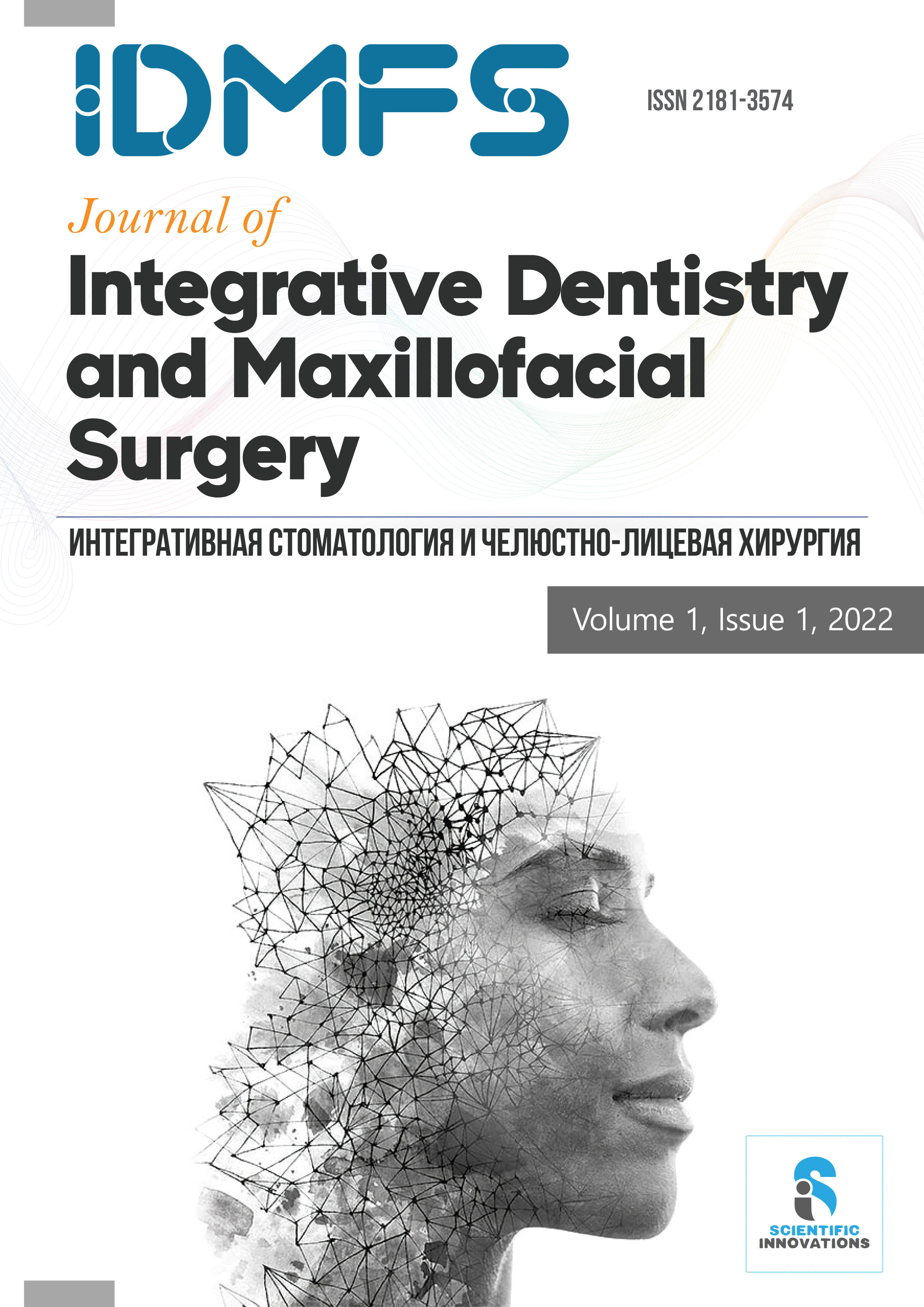The use of magnetic stimulation in the treatment of patients with traumatic optic neuropathy of the optic nerve
Keywords:
transcranial magnetotherapy, eye injury, traumatic optic neuropathyAbstract
The purpose of this work was to develop a methodology and substantiate the possibility of using
transcranial magnetotherapy in the medical rehabilitation of patients with traumatic optic neuropathy. 40 people aged 22 to 68 years who, against the background of standard drug therapy, underwent transcranial low-frequency low-intensity pulsed magnetotherapy from the ALMAG-03 device according to the following method: the emitter was placed on the head with the location of the input cables in the temporal and occipital regions and the frontal region with a fixed magnetic field. Thus, the use of transcranial magnetic therapy in the complex rehabilitation of patients with traumatic optic neuropathy in the early postoperative period improves visual functions.
References
Lu H., Kobilo T., Robertson C., Tong S., Celnik P., Pelled G. Transcranial magnetic stimulation facilitates neurorehabilitation after pediatric traumatic brain injury. Sci. Rep. 2015; 5: 14769.
Yoon Y.-S., Cho K. H., Kim E.-S., Lee M.-S., Lee K. J. Effect of Epidural Electrical Stimulation and Repetitive Transcranial Magnetic Stimulation in Rats With Diffuse Traumatic Brain Injury. Ann. Rehabil. Med. 2015; 39 (3): 416-24.
Reti I. M., Schwarz N., Bower A., Tibbs M., Rao V. Transcranial magnetic stimulation: A potential new treatment for depression associated with traumatic brain injury. Brain Inj. 2015; 29 (7-8): 789-97.
Koski L., Kolivakis T., Yu C., Chen J.-K., Delaney S., Ptito A. Noninvasive brain stimulation for persistent postconcussion symptoms in mild traumatic brain injury. J. Neurotrauma. 2015; 32 (1): 38-44.
Bonnì S., Mastropasqua C., Bozzali M., Caltagirone C., Koch G. Theta burst stimulation improves visuo-spatial attention in a patient with traumatic brain injury. Neurol. Sci. 2013; 34 (11): 2053-6.
Pachalska M., Łukowicz M., Kropotov J. D., Herman-Sucharska I., Talar J. Evaluation of differentiated neurotherapy programs for a patient after severe TBI and long term coma using event-related potentials. Med. Sci. Monit. 2011; 17 (10): 120-8.
Chiaramonti R., Giovannelli F., Bianco G., Godone M., Battista D., Cardinali C., Sirabella E., Borgheresi A., Sighinolfi A., DAvanzo A. M., Breschi M., Dine J., Lino M., Zaccara G., Viggiano M. P., Rossi S., Cincotta M. 99. Lack of behavioural effects of high-frequency rTMS in vegetative state: A randomised, double blind, sham-controlled, cross-over study. Clin. Neurophysiol. 2013; 124 (11): 211.
Cincotta M., Giovannelli F., Chiaramonti R., Bianco G., Godone M., Battista D., Cardinali C., Borgheresi A., Sighinolfi A., D'Avanzo A. M., Breschi M., Dine Y., Lino M., Zaccara G., Viggiano M. P., Rossi S. No effects of 20? Hz-rTMS of the primary motor cortex in vegetative state: A randomised, sham-controlled study. Cortex. 2015; 71: 368-76.
Koski L., Kolivakis T., Yu C., Chen J.-K., Delaney S., Ptito A. Noninvasive brain stimulation for persistent postconcussion symptoms in mild traumatic brain injury. J. Neurotrauma. 2015; 32 (1): 38-44.
Bonnì S., Mastropasqua C., Bozzali M., Caltagirone C., Koch G. Theta burst stimulation improves visuo-spatial attention in a patient with traumatic brain injury. Neurol. Sci. 2013; 34 (11): 2053-6.
Downloads
Published
Issue
Section
License

This work is licensed under a Creative Commons Attribution-NonCommercial-NoDerivatives 4.0 International License.

